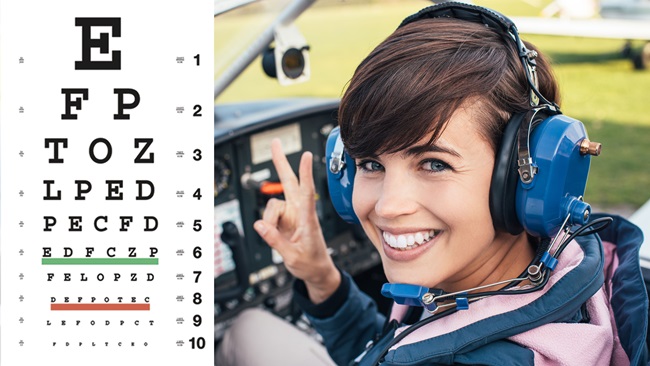Stuffed up
OTC medicine fogs up a lesson

I got a new flight instructor eventually; and I compensated for the bad weather by scheduling two or three lessons per week in the hopes that one of them would actually take place. Usually, at least one did.
But I forgot about human factors. One miserable cold day in October I woke up with a head cold. I was scheduled for an afternoon flight lesson. I did what a nonpilot would do—I took a decongestant.
Then I remembered: The FAA said something about decongestants. I checked the FAA’s language on over-the-counter medications. Sudafed is considered safe to fly with if you have experienced no side effects within a 48-hour trial period. OK; I’d used it before and didn’t recall any side effects. After taking one, I certainly felt alert enough to go flying with an instructor.
The lesson itself went well, as far as I remember. I was pre-solo, so the hour was dedicated to pattern work in one of the school’s three Tampico TB–9s. We completed our lesson, landed, and taxied back to the flight school ramp. I shut down and tied down the airplane while the flight instructor went into the office to prepare his post-flight briefing. I noted the Hobbs time on the airplane’s log and put the airplane key in its metal cannister, then trudged over to the flight school to turn in the can.
As I opened the door, I realized I had not locked the TB–9’s doors. This was standard procedure at the conclusion of each lesson, along with tying down—no exceptions. Nothing for it but to trudge back out to the flight line and lock the doors.
Except—the key wouldn’t work. I tried the key in the door several times without luck before looking up and realizing: The TB–9s were parked together on the ramp. I was trying to lock the wrong airplane.
Flying with a known medical condition like nasal congestion, on an over-the-counter medicine, wasn’t smart. Even with a flight instructor in the right seat to act as pilot in command, my performance had been affected. What’s more, I’d thrown away the cost of an hour’s airplane rental and an hour’s flight instruction. And flying wasn’t cheap then, any less than it is now.
Ever since that day, I’ve applied the IMSAFE recipe to every flight. That is, before I fly, I check myself for illness, medication, stress, alcohol, fatigue, and emotion. If any of these is a factor—and that goes for over-the-counter medications—I do my research on what the FAA says, but the result is that I ground myself more often than not. Why take an unnecessary risk when aviation is all about risk management?

 what’s allowed, what’s not
what’s allowed, what’s not


